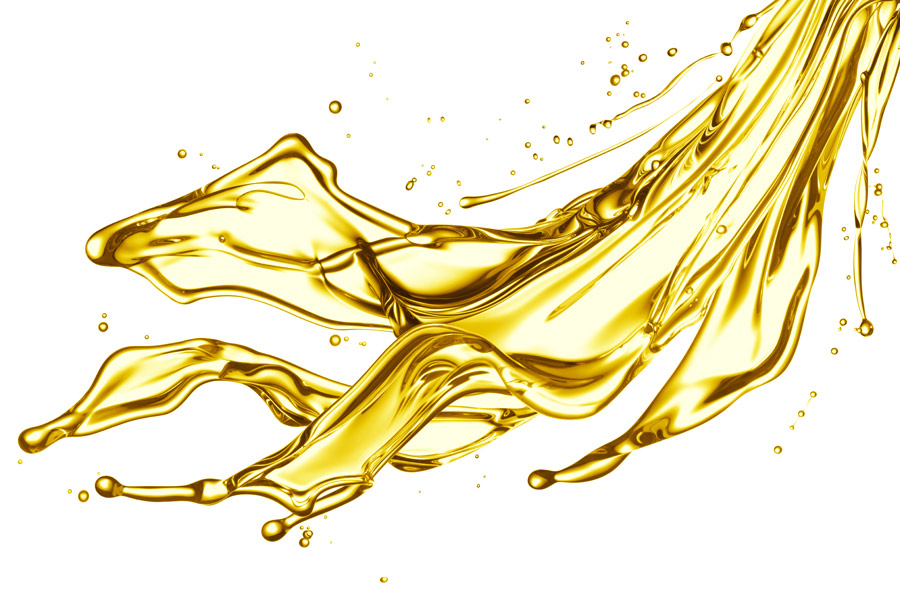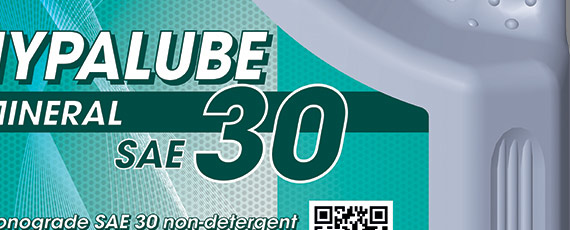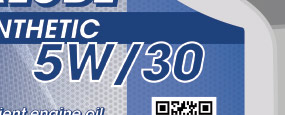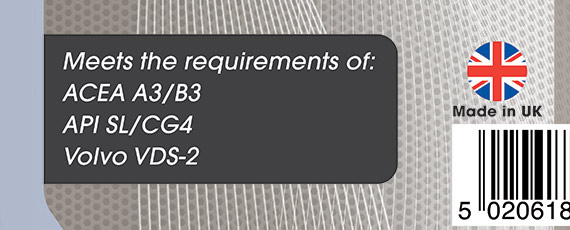- #granvilleoils #tradeshow #motortradeshow 1
- 0w/20 1
- A Bit Of Fun 3
- Abro 1
- Additive Packs 1
- Additive tanks 1
- Aftermarket 4
- Air Conditioning 4
- Animated Cars 1
- Antifreeze 9
- Article 2
- Auto Express 1
- Automatic Transmission 2
- Automechanika 7
- Automotive 35
- Autosol 3
- Autumn 2
- award 1
- Awards 2
- Baring 2
- blow moulding 1
- bottle 2
- bottles 1
- Brake Fluid 1
- Brakes 2
- Brand Focus 2
- Brands 1
- brochure 2
- business 1
- C3 2
- C4 1
- Capacity 1
- Car Wash 5
- carcare 2
- carcleaner 1
- carinterior 1
- Cars 5
- Catalogue 3
- Chemical 7
- chemical plant 1
- Cleaners 1
- Cleaning 10
- cockpit shine 1
- cockpitshine 1
- Cold Weather 4
- company 1
- company brochure 1
- Coolant 5
- Corporate 5
- cutting-edge 1
- design 4
- Dexos 1
- dubai 2
- dv5r 1
- eb2dt 1
- emergency puncture repair 1
- engine oil 3
- ep 1
- EV 1
- evolution 1
- exhibitions 2
- Facts 6
- Favourite Cars 1
- Flunkey 1
- Frankfurt 3
- FS 1
- fs pc 1
- fs rn 1
- Fuel 1
- Garden 1
- Gear Oil 3
- Germany 3
- Granville 10
- Granville bottles 1
- Granville brochure 1
- Granville catalogue 1
- Granville new tanks 1
- Granville Oil 42
- Granville Oil tanks 1
- Granville Oils 2
- Granville Oils Site 1
- Granville tank farm 1
- Granville tyre repair 1
- granvilleoil 4
- graphic 1
- Grease 2
- Gunk 1
- History 1
- homepage 1
- Hypalube 4
- identity 1
- ISO 14001 1
- James Bond 1
- James Holland 1
- logo 1
- Lubricant 18
- lubricants 2
- lubricating oils 1
- Machinery 2
- madeinuk 1
- Maintenance 20
- Manual Transmission 3
- manufacturing 1
- Mechanic 3
- mid saps 2
- motor 2
- Motor Factor 2
- Motor Oil 22
- motoring 3
- Motoring Problems 16
- mtf 1
- new engine oil 1
- new fully synthetic oil 1
- new Granville product 2
- new logo 1
- new packaging 1
- New Product 9
- new products 1
- NGLI 1
- Nova Car Care 3
- Nürburgring 1
- OEM 3
- oil 3
- packaging updates 1
- Paint 1
- Pets 1
- plastic 1
- PMF 1
- Polish 1
- Powertron Ultra 1
- premium oils 1
- product 2
- Product Feature 4
- Product Release 8
- production 1
- Products 3
- profinish 1
- puncture repair product 1
- Rain X 2
- Range 1
- rebrand 2
- rebranding 1
- recruitment 1
- refresh 1
- RN17 FE 1
- Screen Wash 1
- Screenwash 1
- September 2
- Show 1
- Sintron 1
- smartphone 1
- Spring 1
- staff 1
- stop start 1
- Summer 2
- tank farm 1
- tanks 1
- team 1
- Technical 22
- technolube 1
- Trade Show 5
- transmission 1
- Transmission Fluid 6
- Turtle Wax 4
- TV Cars 1
- tyre aid 1
- Tyre Safety 1
- Universal 1
- upgrade 1
- Valeting 9
- Veedol 10
- Veedol OEM 1
- Ventilation 1
- Wax 1
- website 2
- Windscreen 3
- Winter 3
- workmilestone 1
- 2024
- Dec 2
- Oct 2
- Sep 2
- Jun 3
- May 2
- Apr 6
- Jan 1
- 2023
- Dec 1
- Sep 1
- Jul 2
- Mar 4
- 2022
- Nov 2
- Oct 1
- Sep 1
- Aug 1
- Apr 1
- Feb 1
- Jan 1
- 2021
- Nov 1
- Aug 1
- Apr 1
- Mar 1
- Feb 1
- 2020
- Sep 2
- Jun 1
- May 1
- Mar 1
- Jan 1
- 2019
- Oct 1
- Sep 2
- Jun 1
- May 1
- Apr 1
- Mar 2
- Feb 2
- 2018
- Dec 1
- Sep 2
- Aug 1
- Jul 1
- May 1
- Apr 1
- Mar 1
- Feb 1
- Jan 1
- 2017
- Jul 2
- Jun 2
- Feb 2
- Jan 2
- 2016
- Dec 2
- Nov 2
- Jul 4
- Jun 5
- May 3
- Mar 2
- Feb 3
- Jan 2
- 2015
- Nov 1
- Oct 3
- Sep 1
- Aug 2
- Jul 4
Jargon Buster: Translating your Motor Oil Bottle
Grab your average bottle of motor oil off the shelf in your local retailer and you're confronted with a whole lot of jargon, acronyms and random numbers which will probably mean very little to you unless you're in the know. And let's face it, your owner's manual isn't much more help either. Sure it might give you a list of numbers and letters that translate into an oil spec that's suitable for your vehicle, but wouldn't you like to know what it all really means?

Do you know your 0w/20 from your 5w/40? What's the real difference between mineral and synthetic oil? ACEA? API? Well here's my jargon busting guide to translating your oil bottle.
So what about the numbers?
Take a look at your oil bottle and the first thing you will probably notice a number like this:

This is the Viscosity Index. SAE stands for the 'Society of Automotive Engineers', this denotes a standardized rating system to tell you you roughly how fluid or viscous your oil will be when it's being put to work in your engine. Basically, the higher the number, the more viscous the oil will be. Pretty simple right? However, in order to work well, the oil needs to be just the right viscosity to lubricate at different temperatures. When oil gets hot, it can become very thin and when it's cold it will be much thicker. Older engines are built to handle Single Grade oils, but as technology has advanced the margin for error has decreased substantially and there is a greater need for control over how the oil behaves.

This is where Multi-Grade oils come in. It has been designed to behave differently at varying temperatures. It works on the same principle as the Single Grade rating but the number before the 'W' tells you how the oil behaves when cold and the number after the '/' denotes how it behaves when hot. So in this case, a 5W/30 will behave like a 5-rated oil at low temperatures, allowing for better cold temperature performance, and it will behave as a 30-grade oil at higher temperatures, holding its viscosity for more effective lubrication.

Generally, your User Manual will inform you of which grade you will need to use in your engine so pay attention to these numbers, especially if you are pointed towards a Multi-Grade oil. If the oil you pick out isn't the right viscosity then the engine won't run efficiently.
Mineral? Synthetic? What's the Difference?
So the next thing you will probably look at is this:

This lets you know the type of base oil that the product has been made from, and there are three different variants on the motor oil market: mineral oil, synthetic oil and semi-synthetic oil.
Mineral Oil: Refined petroleum based oil.
Synthetic Oil: Manufactured oil from refined chemical compounds
Semi-Synthetic Oil: A blend of mineral and synthetic oils. Sometimes referred to as 'premium' oils.
So let's take a closer look at mineral and synthetic oil. You're stuck between two, so what's the difference? Well without going too much into the science of oil composition, Synthetics are much more refined than a regular mineral oil which means that there is more control over the performance of the finished product - tailoring things like the size of the oil molecules to suit specific engines, and removing impurities to meet new environmental standards.
Now this isn't to say that you should jump the gun and rush out to buy synthetic for your next oil change. Some engines require mineral oil over synthetic, particularly older models, so make sure you read your owner's manual carefully before making your choice.
About those Acronyms...
Next stop is that list of acronyms and perhaps even one or two manufactures names you will recognize:

This is the list of International and Original Equipment Manufacturer's (OEM) Specifications. Sometimes Owner's Manuals will refer to these specifications instead of, or in addition to, an oil grade recommendation. This categorizes the oil based on a series of tests performed by a testing body, or is recommended by the manufacturer for use in a specific engine.
There are a few testing bodies but the Association des Constructeurs Europeens d'Automobiles (ACEA) and the American Petroleum Institute (API) are recognized as the established bodies. They grant a specification based on quality testing and let the user know that they have undergone the latest tests and which specs are now obsolete. Here you can find examples of ACEA and API testing specs for your reference.

It is now more common to see OEM specs on oil bottles. This is because as technology improves, manufacturers are tending to require oils which behave in a manner specific to the engine type. If your owner's manual gives you an OEM specification make sure you buy your oil based on these specs above all others - they have suggested a specific oil for a reason so for best results follow their advice!
--
This article is for general information only and is not intended for use as a diagnostic tool. Always consult your user manual before attempting any maintenance on your vehicle.
Article first published Tuesday 14th Jul 2015 02:00:00